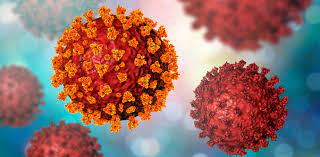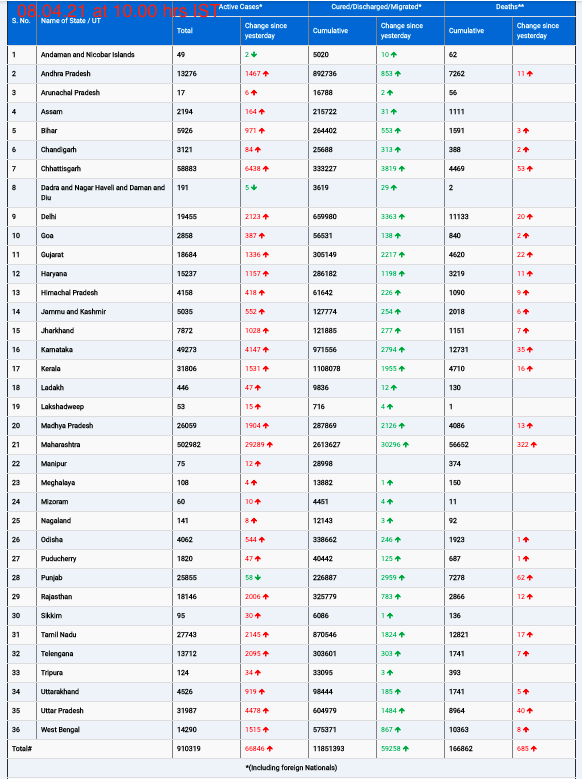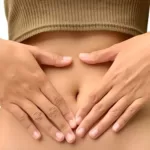As the world continues to recover from the devastating effects of the COVID-19 pandemic, the focus has shifted to better preparing for future respiratory outbreaks. With more than three million lives lost worldwide in the first year of the pandemic, according to the World Health Organization, the global response to COVID-19 reshaped daily life with masks, lockdowns, and travel restrictions. Now, as the world emerges from this crisis, researchers are working to understand how we can better mitigate the spread of viruses in the future.
A study from the University of Surrey, led by Dr. Richard Sear, provides important insights into preventing the transmission of airborne viruses. The study, which focuses on combining public health measures to combat respiratory diseases, not only has implications for future pandemics but also for managing seasonal illnesses like the flu and respiratory syncytial virus (RSV).
Understanding Viral Transmission
Dr. Sear, an associate professor at the School of Mathematics and Physics at the University of Surrey, explored how COVID-19 spreads through airborne transmission. His study combined data modeling with insights from the UK’s NHS COVID-19 app to assess the effectiveness of strategies like mask-wearing and improved ventilation.
“I’ve tried to measure how effective strategies, such as mask-wearing, are for the transmission of airborne viruses,” Dr. Sear explained. “This is both for any future pandemic, and for seasonal flu.” His work, while based on approximate data, provides valuable guidance on the effectiveness of public health measures such as face masks, social distancing, and improved air quality indoors.
High-Quality Masks: A Key Tool
Among the most significant findings from Dr. Sear’s study is the effectiveness of high-quality face masks, such as N95/FFP2 masks, in reducing the transmission of airborne viruses. When worn universally, these masks reduced COVID-19 transmission by up to ninefold. Even when worn individually, N95 masks were found to reduce transmission by three times, regardless of how long the contact lasted.
In contrast, the study found that surgical and cloth masks were far less effective. These findings underscore the importance of prioritizing high-quality face masks in future public health strategies—not only for pandemics but also for managing seasonal respiratory diseases.
Ventilation: The Silent Protector
Another key strategy highlighted in the study is improving indoor ventilation. Viral particles tend to accumulate in poorly ventilated spaces, particularly during close-contact interactions such as speaking or coughing. Dr. Sear’s research found that doubling indoor air turnover rates—whether through open windows, better air conditioning systems, or enhanced mechanical ventilation—could reduce transmission risks by up to 30%.
When combined with physical distancing measures, better ventilation creates a multi-layered defense against airborne diseases. This approach could be pivotal in reducing the spread of viruses in indoor spaces during future outbreaks.
Environmental and Behavioral Factors
The study also emphasized the complex factors influencing viral transmission, such as viral load, individual susceptibility, and environmental conditions. Not all interactions are equally risky, making it essential for public health strategies to consider both environmental and behavioral factors in their design.
“The COVID-19 pandemic was terrible for many of us, which is why it’s important that we learn from our experiences,” Dr. Sear said. “It also demonstrated how quickly we can develop and roll out vaccines when faced with a global health crisis.”
Lessons for the Future
Dr. Sear’s research points to several preventive measures that can help reduce the transmission of airborne diseases: investing in high-quality masks, improving indoor air quality, and encouraging behavioral changes like social distancing and mask-wearing during outbreaks. These strategies, if applied globally, can significantly reduce the risk of viral transmission, not just in the event of a future pandemic, but also in managing seasonal diseases like the flu and RSV.
The key takeaway from Dr. Sear’s study is that simple yet effective measures—such as wearing high-quality masks and improving ventilation—can make a substantial difference in controlling the spread of respiratory diseases. By applying these lessons, society can better protect itself from both the health and economic impacts of future viral outbreaks.
Dr. Sear’s study is published in the journal Physical Review E.












